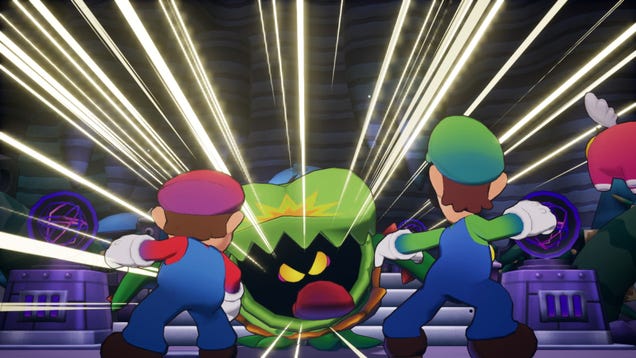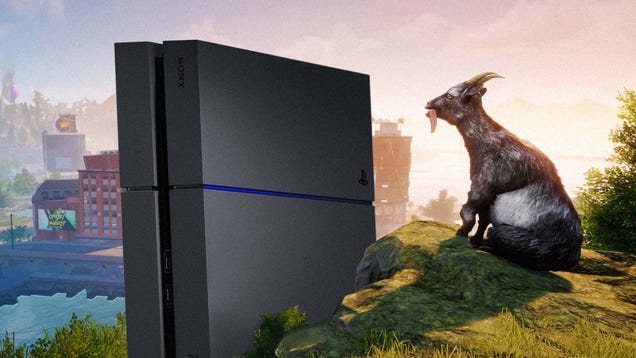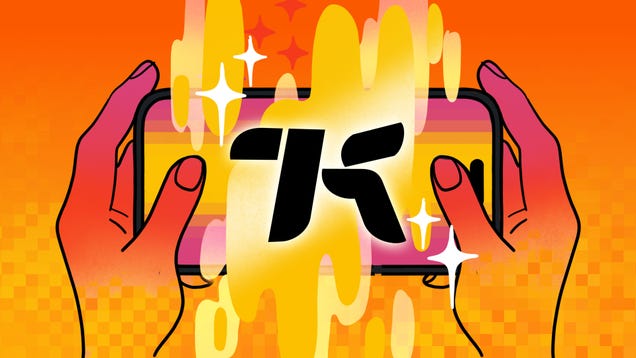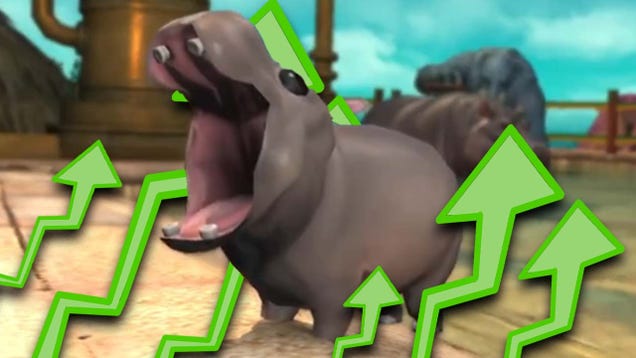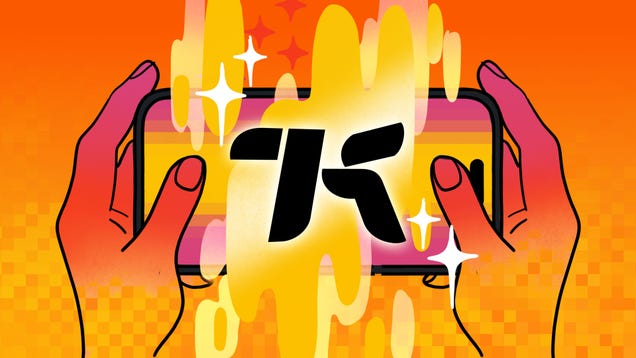Anyone can punch trees long enough to build a house, but can you also take down a teleporting necromancer and eat an entire bear in one sitting? These questions and more will be answered in your time with V Rising, Stunlock Studios’ survival/crafting/action-RPG hybrid that’s finally out of Early Access. I’ve been playing it because I’m a sucker for our current moment of 2020s Castlevania crossover DLC bait, but there’s a decent game in there too. Want some tips? I’m here at Kotaku Dot Com to offer some just for you.
6 Things To Know Before Starting Persona 5 Tactica
For the most part, V Rising is pretty straightforward. That’s great for you, and bad for schmucks like me making money writing guides. Chances are that if you need something, the game has a resource or UI text ready to tell you what’s what. But there are some things that could be good to know going into the game for the first time.
Do what the screen tells you

There’s a tutorial of sorts in V Rising, and it’s constantly hanging out in the top-left corner of the screen. Pay attention to that, since it’s how you’re going to move forward, well, at all. This sounds obvious, but I imagine it’s easy to see a bunch of noise on the screen and just ignore it in favor of doing your own thing. But unlocks are tied to following these instructions, so you won’t get far without them.
You can hide from the sun and still do stuff
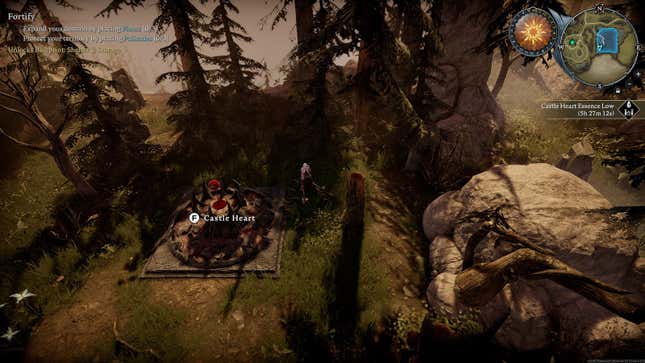
Just like in real life, vampires in V Rising don’t like the sun. And I don’t mean like how I visited my friends who live in the North Carolina Research Triangle and looked at the overflowing brunch lines in existential horror. You literally burn to death if you stand in the light for more than a few seconds. At first it seems like your best bet to survive daytime is to run Mist Braziers or hide in your coffin, but there are a couple of alternatives I found pretty useful.
For one, you can hide in the shadows. And large objects cast shadows based on the position of the sun! So if you’re careful, you can still go out and gather resources, explore, and maybe even track down a boss fight if you’re feeling squirrely. Just stick to the trees and large chunks of terrain that can shield you, and dash through openings as best you can. It can be stressful as the sun moves, but it beats just waiting and doing nothing in the early game.
Alternatively, camp out in a cemetery! There are a couple, one being right by the game’s initial starting point. You can hang out here safely all day, and beat up skeletons to build up a bone collection. Tougher cemeteries are more of a challenge to stick around in, but can net you the real good stuff like Grave Dust. This applies to structures like mines and caves as well, but by the time you find one of those you probably have a better grasp of what you’re doing anyway.
Don’t be a picky eater

There’s a sort of “class system” in V Rising, dictated by the type and quality of the blood you’re drinking. When you’re fighting something (or someone, ooooo), you’ll see a type (Creature, Warrior, etc) next to a percentage. When you eat them instead of just killing them, you can then look at the menu and see your blood type and what bonuses are active based on that percentage. This really isn’t worth worrying about at the beginning.
Every time you consume blood, that quality percentage will be overwritten. Since it isn’t cumulative, there’s no reason to drink blood before your bloodsucking avatar is actually thirsty. Staying fed and able to use Blood Mend for healing is far more crucial than whatever passive bonuses are making your garbage stats slightly less pitiful in V Rising’s early hours. It’s pretty exciting to run into a deer or something with such decadent body juice that it’s literally glowing, but you’ll go hungry being stubborn about quality. Eat rats if you have to; dignity can come after you have a real castle, with a roof and windows and stuff.
Check V Blood rewards to track your progress
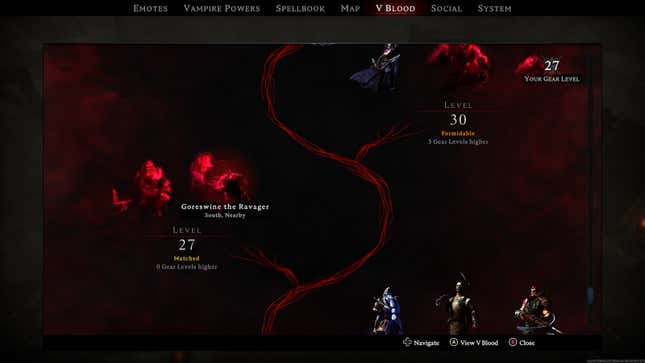
Earlier I mentioned V Rising has a lot of helpful in-game text and resources. For example, if you look at a machine like a sawmill, you can see what it produces in exchange for various materials. But if you need something and have no idea where it comes from, chances are you can check the V Blood menu for the answer. V Blood kicks in after you spend some time with the tutorial, and is basically the game’s key progression vehicle. Fight a boss, drink their Boss Blood, and get some new recipes, powers, or other important knowledge.
You can check in advance, too. (For the most part, anyway.) The V Blood menu fills itself in as you progress, and you can look ahead a little to see who the bosses are and check what rewards they offer. There’s a cutoff point so you can’t look super far ahead, but if you want to know how to make something (like Cloth) and don’t see it anywhere, it’s safe to assume it’ll show up in V Blood sooner than later.
Map matters
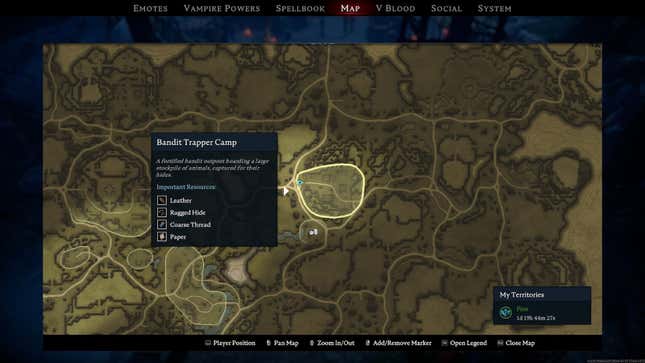
Speaking of helpful resources, your map in V Rising is an incredible tool. If you encounter something, your map is going to remember it for you. That’s especially important when it comes to points of interest such as bandit camps, mines, cemeteries, so on and so forth. Anything that contains some kind of static resource will be recorded on your map, and it will tell you what those resources are. If you need a specific ore, paper, various pieces of skeleton anatomy (gross), you name it, it’s on the map. Pay attention to this, and you’ll be able to plan your excursions more efficiently regardless of the time of day.
If you get this stuff down, you won’t need much more help in your V RIsing adventure. You’ll be constructing massive, Dracula-ass castles in no time. Eventually, things like hiding from the sun and wondering how long it’ll take to run to some podunk bandit camp for some paper simply won’t be taking up space in your mind anymore. And at that point, you won’t need us anymore. Just don’t forget where you came from when you’re out there ironing the wrinkles out of your Alucard cosplay set.


